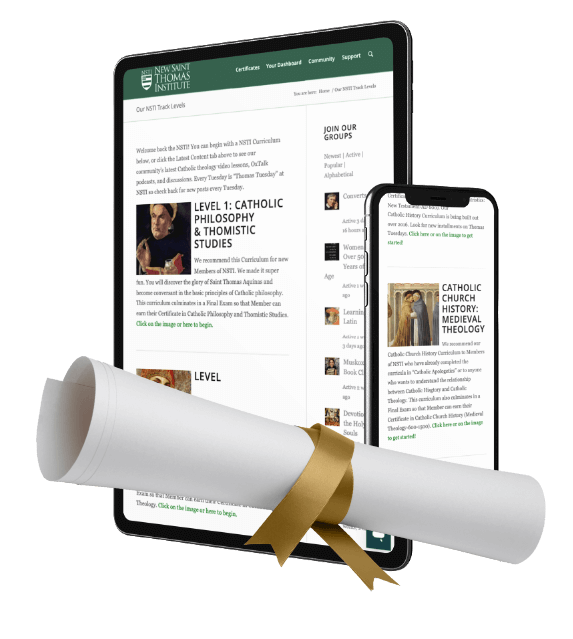Mary’s Sorrow Was Enough to Have Caused Her a Thousand Deaths
The following passage is from Saint Alphonsus Liguori’s meditation on the moment at which the Blessed Mother met her Our Savior on His way to Calvary:
She looked at Him, and hardly recognised Him, saying, with Isaias, “and we have seen Him, and there was no sightliness.” Yes, for the wounds, the bruises, and the clotted blood, gave Him the appearance of a leper: “we have thought Him as it were a leper,” so that He could no longer be known: “and His look was, as it were, hidden and despised; whereupon we esteemed Him not.”
But at length love revealed Him to her, and as soon as she knew that it indeed was He. Oh what love and fear must then have filled her heart, as Saint Peter of Alcantara says in his meditations. On the one hand she desired to behold Him, and on the other she dreaded so heart-rending a sight. At length they looked at each other.
The Son wiped from His eyes the clotted blood, which, as it was revealed to Saint Bridget, prevented Him from seeing, and looked at His Mother, and the Mother looked at her Son. Ah, looks of bitter grief, which, as so many arrows, pierced through and through those two beautiful and loving souls.
When Margaret, the daughter of Sir Thomas More, met her father on his way to death, she could only exclaim, “O father! father!” and fell fainting at his feet. Mary, at the sight of her Son, on His way to Calvary, did not faint, no, for it was not becoming, as Father Suarez remarks, that this Mother should lose the use of her reason; nor did she die, for God reserved her for greater grief: but though she did not die, her sorrow was enough to have caused her a thousand deaths.
What to Watch Next
SHOP THE TAYLOR MARSHALL STORE
Dive Deeper

GET CONFIDENT IN YOUR FAITH
Explore the fascinating world of Catholic teachings with Dr. Marshall. Together you’ll unpack the brilliant answers the Church gives to tough questions about the Faith. The best part: you go at your own pace. Start this exciting journey today.


 >
>




